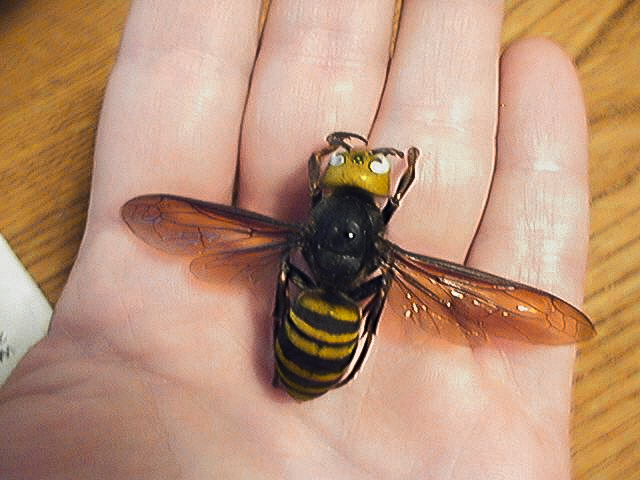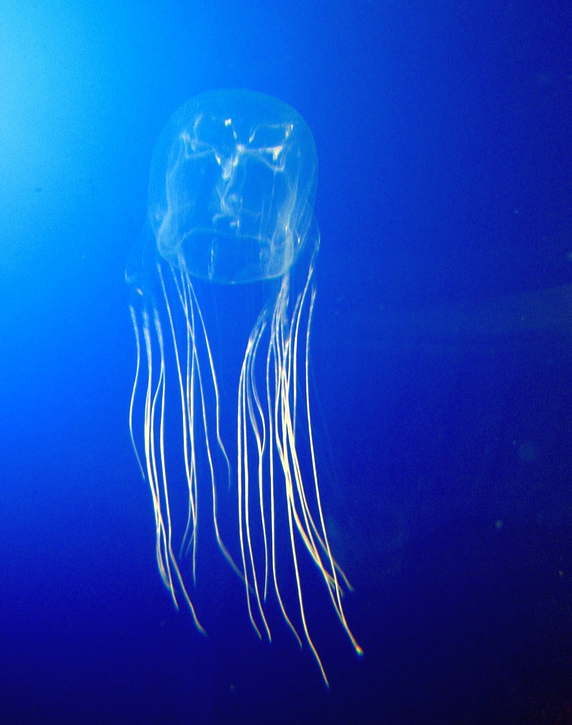Just because that attack wasn’t serious, doesn’t mean boars don’t attack people in Europe. I linked to Shakira’s attack because she was high profile, but I could as easily have linked to actual injurious attacks on non-hunters in Italy, Spain, Germany, France …
You may be underestimating attacks in the USA. It is obvious to my wife and me that the Crocodilian-Shark Alliance has an above-average PR staff. Notice how they manage to insert “unprovoked” into every statement about alligator and shark attacks? (“There have only been three unprovoked alligator attacks in FL in the last two years.” Does walking your dog near a pond count as “provocation?”)
I also love their comparisons. “You’re much more likely to accidentally sleep with your wife’s sister than suffer an alligator attack.” “More three-year-olds drown in wash buckets than get pulled under by a shark at the beach.” “Falling coconuts kill more people in South Carolina than do alligators.”
Mr.Dibble,
I was going off your BBC article, which read like “we really try to come up with examples of boar attacks but fail miserably.”
Keep the links coming!
I was unable to read the Italy link due to paywall.
The Spain link had two people seriously injured by attacking wild boars, while others in the group only kept safe by climbing trees. What is the context here? What happened that made the boar attack? What did they actually do? Questions abound. But non-hunters got attacked and seriously injured.
The Germany link reported wild boar groups storming city centers. Who’d thunk it? What was the context that made the boar do that? Questions abound. As mentioned, a grown wild boar can pretty easily kill a human, as they are equipped to deal with large predators.
These bizarre stormings are definitely dangerous and result in injuries, but they don’t end up with gored people. I don’t think there’s any wild animal in the 100kg weight range that didn’t result in injuries when panicking inside a building with people there.
The France link: the boar apparently attacked the gardener during an ongoing hunt, where the boar was fleeing for her life. The boar “collided with a Rottweiler” before charging the gardener. That the local hunting society has paid hospital costs hints heavily that they know who’s to blame.
At any rate, I’ll concede: wild boar attacks in Western Europe do happen, also to people that aren’t hunters going after wild boar. As a hunter in Northern Europe, our situation is very different. Most people who’d like to see a wild boar never get to see one. They are extremely skittish and wiley, and the closest a normal person can get to them is finding a ransacked veggie plot in the morning, with no boar to be seen anywhere.
We do have 1/10th of the population density of Western Europe, plus a heavy hunting pressure that makes hunted species fear humans like nothing else. Maybe these are the key differences in relation to wild boar encounters.
And lets not forget [in the vocalisation of Meryl Streep] ‘a dango ate moi boiby’.
When young baby Azaria Chamberlain was taken by a dingo from a tent at Uluru in 1980 and kiilled, attacks by dingoes were so uncommon (perhaps unpublicised is more accurate) that her parents were subject to massive vilification and suspicion, and her mother was charged with murder and sentenced on very poor forensic evidence . Since then there have been numerous documented attacks by dingoes, esp where there is a high tourism interface. Some serious attacks, including one fatality at least. I don’t know if the earlier set of official stats would lump dingo under dog or separately.
That is an overestimate. About 8 people per year die after being attacked or bitten by wildlife in the US. Six of those eight died after being bitten by venomous snakes (not on your list). Cougars, bears and bison kill about 0.6 people per year combined. The study didn’t include sharks, but this site claims 2 US shark fatalities in 2023. That was unusually high: Wiki lists fatal shark attacks in the US since colonial times. My WAG: maybe 1-3 US fatalities per year on average for your list.
Wildlife paper:
https://digitalcommons.usu.edu/cgi/viewcontent.cgi?article=1544&context=hwi
The infamous “murder hornet” really does kill a fair number of people, 30-50 per year in Japan:
How ‘murder hornet’ stings compare to other venomous insects.
In the US, the total number of deaths due to all hornet/wasp/bee stings from 2011-2021 (i.e. an eleven-year period) was 788, or about 72 per year. So scaling to each country’s population, the giant Asian hornet by itself in Japan has roughly the same kill rate as the sum total of all stinging insects in the US.
On the bug side, in addition to wasp, bees and mosquitos, there’s also ticks carrying Lyme disease. However, that has a relatively low (but non-zero) fatality rate.
The box jelly is a scary critter, but it doesn’t kill many people. Only 79 deaths are attributed to the box jelly since 1883. That’s only one person every couple of years.
I just want to add that it’s very likely that those 10-12 deaths a year are also limited to the more wild parts of the country- the Rockies and Alaska, along with some isolated state parks like Caprock Canyons in Texas, where the state’s pure bison herd roams freely within the park.
Nobody’s getting mauled and killed by bears or wild animals in say… central New Jersey or east Texas.
Actual attacks by wild animals - in UK, I’d say nil. We exterminated all of those centuries ago.
As opposed to dumbasses picking up venomous snakes or otherwise interfering with critters they didn’t ought to be touching - very few. Deer are capable of killing, if they think they are cornered.
That doesn’t mean you’re safe from lethal animals in the UK.
Between 2018 and 2022, more than 30 people were killed by cows, according to the UK Government’s Health and Safety Executive (HSE).
As of September 30, 2023, there were 16 deaths registered in England and Wales where the cause of death was due to being bitten or struck by a dog for that year.
“Struck” by a dog? Are they allowed to drive over there?
It probably means being hit by a big dog, falling over, and cracking your head on the pavement.
I like my mental image better.
As you’ve probably gathered, we’re all on borrowed time here.
Resident of Montana here. While bear attacks are relatively rare, they certainly do occur. We’ve been here 5 1/2 years and just off the top of my head there was the woman up by Ovando mentioned earlier, a hunting guide, a kid hunting shed antlers, etc. A guide had his entire lower jaw removed by one swipe from a mama griz this fall (which they reconstructed with prosthesis–amazing). Surprisingly there have been no deaths in Yellowstone that I know of. Suffice to say, hunting alone between Big Sky and West Yellowstone is not advised.
Here’s a link to an article whose abstract says that the park had 8 fatal bear attacks from 1872 to 2018, with three from 2011 to 2015.
And here’s one about a 2023 fatal attack just west of the park.
That nicely illustrates the difference between European and American bear realities, which I have been getting at through this thread.
Last year saw a larger than normal number of fatalities from bear attacks on people. There were six deaths and over two hundred attacks.

